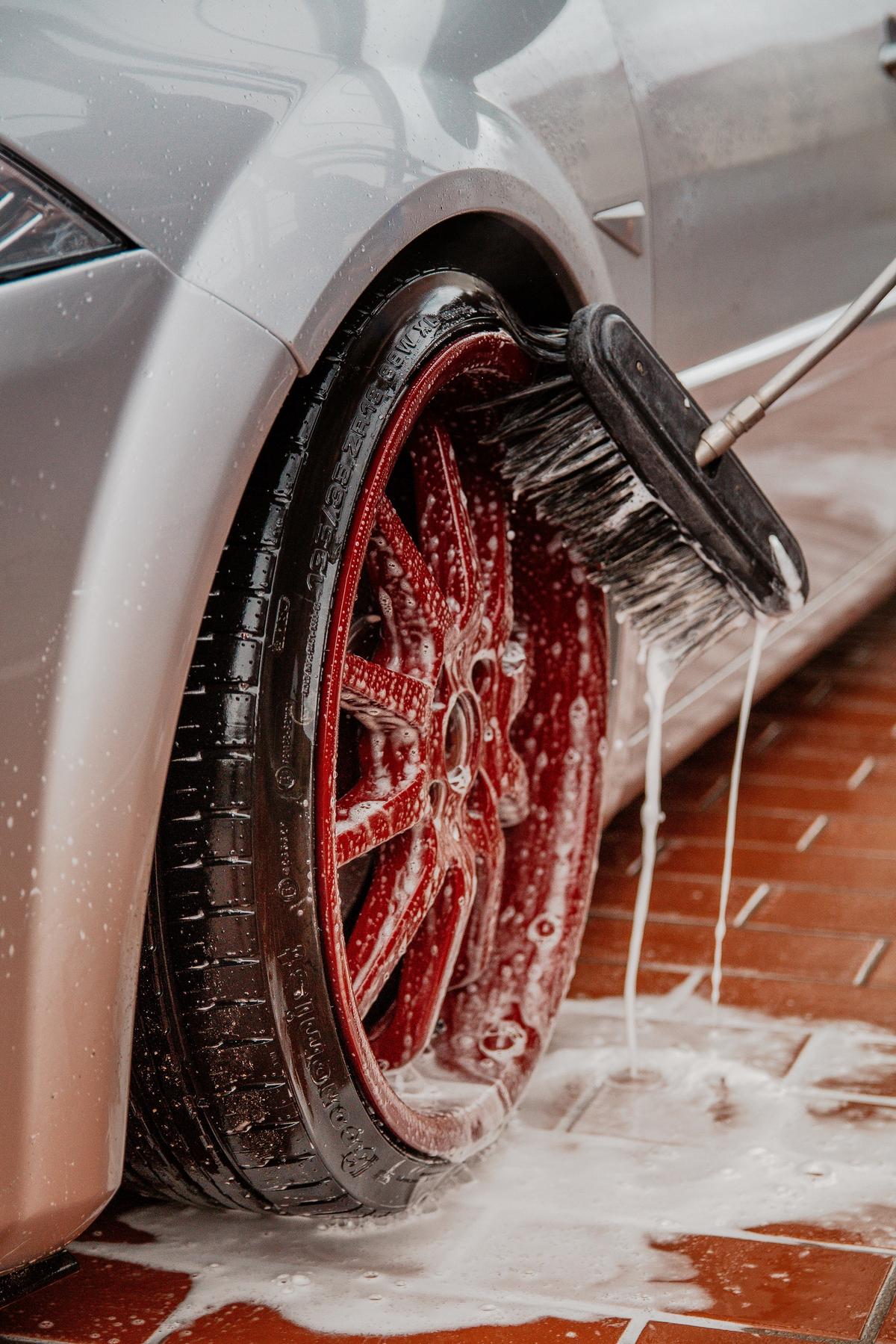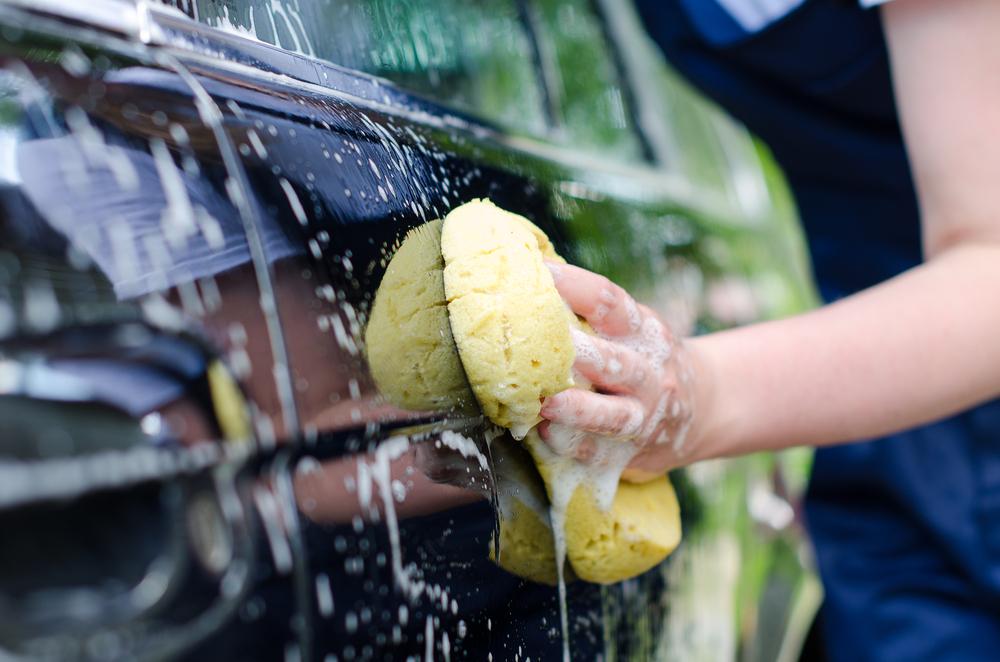If your car is your pride and joy, you may find that you enjoy spending time cleaning and protecting it. There’s a Zen aspect, too; it can be a bit meditative going over every inch of the car. Doing it yourself also ensures that it’s done right, using the best materials and supplies. Set aside two hours early in the morning or mid-afternoon to avoid the hottest times of the day.

It’s great to drive a new car, so let’s explore how to enjoy that feeling for many years. Adrian Dascal/Unsplash






